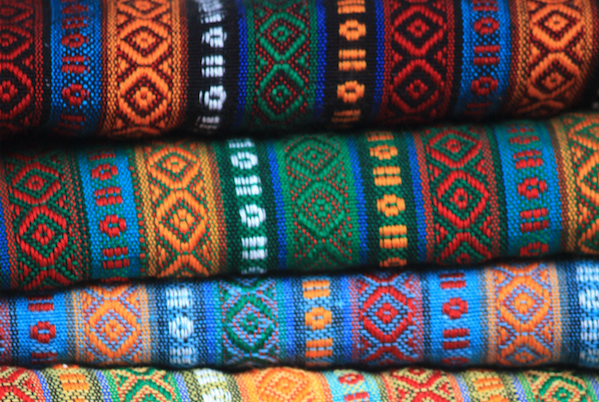Turkish rugs
The history of Turkish rugs can be traced back to the Seljuk Turks, who ruled Anatolia (modern-day Turkey) from the 11th to the 13th centuries. The Seljuk Turks brought their weaving skills with them from Central Asia, and they quickly developed a distinctive style of rug making.
Turkish rugs reached their peak of popularity during the Ottoman Empire, which ruled Anatolia from the 14th to the early 20th centuries. During this time, Turkish rugs were exported all over the world, and they became highly prized for their beauty and craftsmanship.
Today, Turkish rugs are still made in the traditional way, by hand-knotting the wool fibers. The weaving process is very time-consuming and labor-intensive, but it results in a rug that is of the highest quality.
Turkish rugs are available in a wide variety of styles, including kilims, soumaks, and halılar. Kilims are flat-woven rugs that are typically made with geometric patterns. Soumaks are pileless rugs that are made with a technique called tapestry weaving. Halılar are the most common type of Turkish rug, and they are characterized by their intricate designs and bright colors.
Turkish rugs are a popular choice for home décor, and they can add a touch of elegance and sophistication to any room. They are also a good investment, as they hold their value over time.
If you are looking for a beautiful and unique rug to add to your home, then a Turkish rug is a great option. They are sure to bring you years of enjoyment

